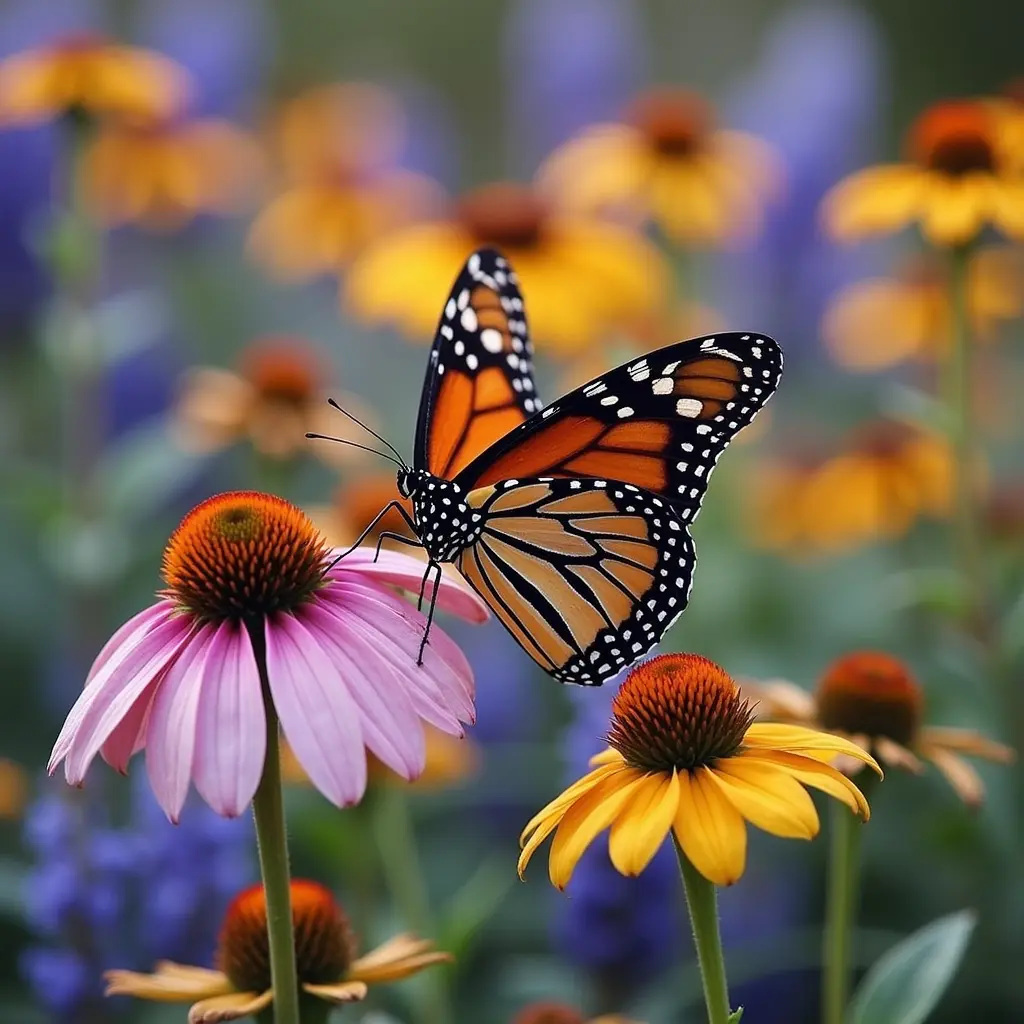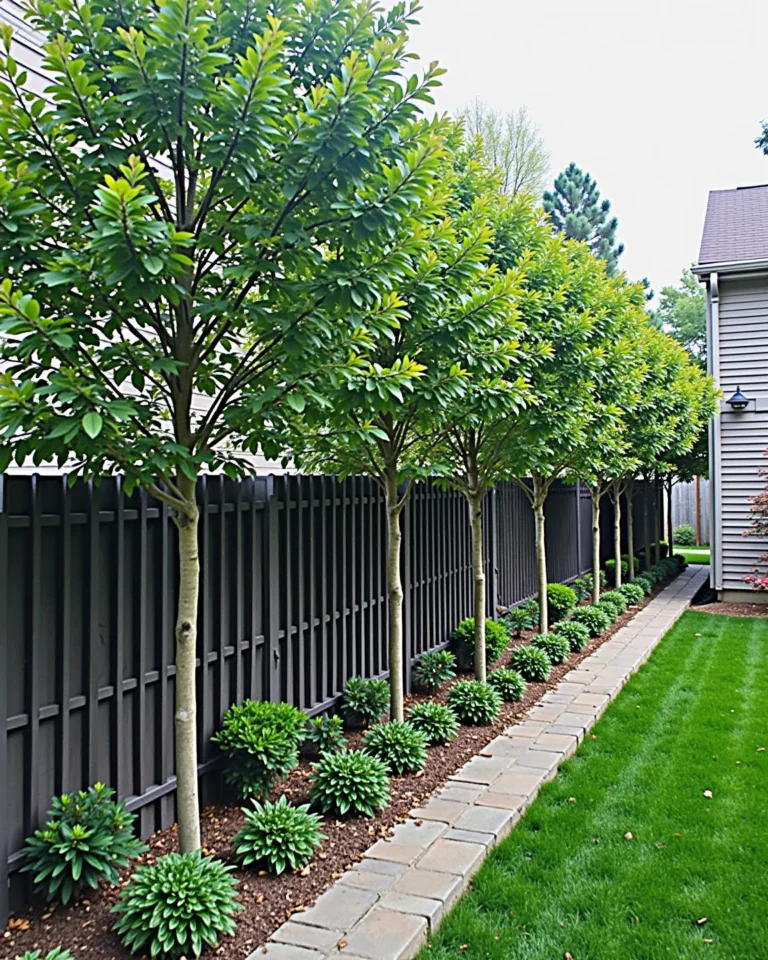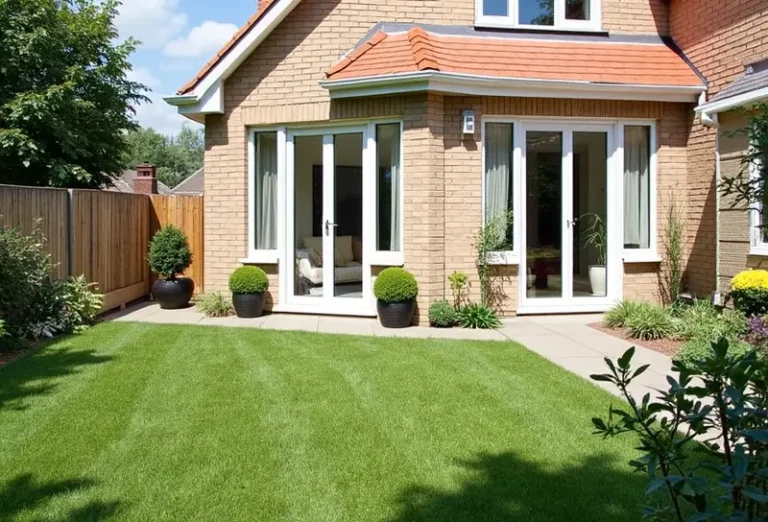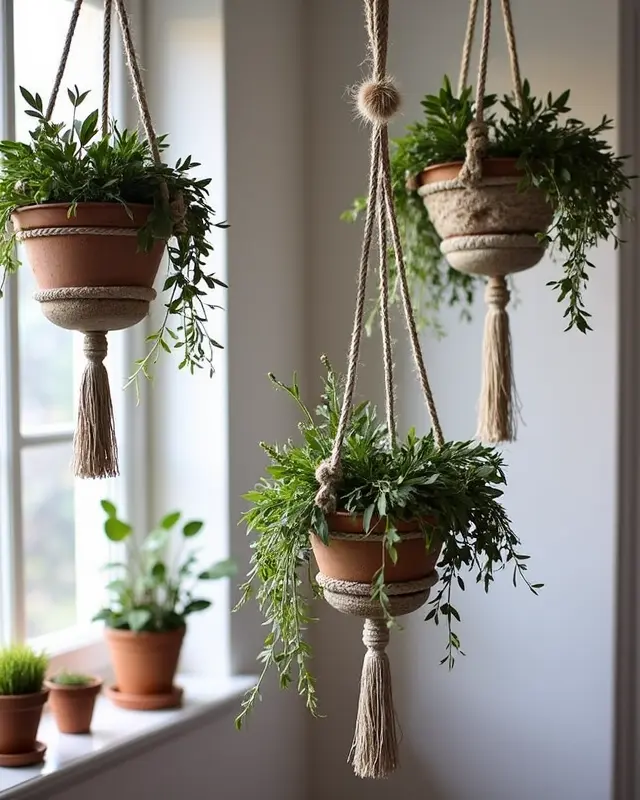Discover 7 Tips for a Thriving Butterfly Garden
Discover 7 Tips for a Thriving Butterfly Garden
Imagine stepping into a vibrant garden alive with fluttering wings, where colors dance and scents tease the senses. A butterfly garden not only enhances the beauty of your outdoor space but also provides vital habitats for these fascinating creatures. In this article, we’ll explore seven tips to help you create a thriving butterfly garden that attracts these beautiful insects while contributing to local biodiversity. Let’s dive in!
1. Choose the Right Plants
Butterflies are particular about their homes, and the plants you choose can either invite them in or send them packing. Opt for a mix of nectar-rich flowers and host plants. Some popular choices include:
- Milkweed: Essential for Monarchs, as it’s the only plant their larvae eat.
- Swamp Milkweed: Attracts a variety of butterflies and is perfect for wet areas.
- Purple Coneflower: Its vibrant blooms are a magnet for many butterfly species.
2. Create Shelter
Just like us, butterflies need places to hide and rest. Incorporate natural structures into your garden, such as:
- Native shrubs: Offering both shelter and food.
- Rock piles: Providing warmth and a resting spot.
- Open patches: Giving them a safe space to bask in the sun.
3. Water Sources Are Key
Butteflies, like all creatures, require water. Including a small water feature or a shallow dish with fresh water encourages them to visit. Here are some tips:
- A shallow dish filled with pebbles and water allows butterflies to drink safely.
- Add a mud puddle to provide needed minerals.
4. Say No to Pesticides
Pesticides may protect other plants, but they spell doom for butterflies and their larvae. Embrace organic gardening techniques instead:
- Encourage beneficial insects like ladybugs and lacewings to naturally control pest populations.
- Utilize insecticidal soap as a gentler alternative.
5. Create a Sunny Spot
Butterflies are cold-blooded and rely on the sun to regulate their body temperature. A sunny corner in your garden can become a favorite gathering spot. Look for:
- Open areas that receive plenty of sunlight (ideally at least six hours a day).
- Flat stones where butterflies can bask and warm their wings.
6. Plant in Clusters
Butterflies are more likely to find and feed on flowers arranged in large clusters. This makes it easier for them to spot your garden from a distance. Consider:
- Grouping plants in odd numbers for a natural look.
- Creating swaths of the same plant to attract more visitors.
7. Be Patient and Observe
Building a butterfly garden takes time. Patience is key as it may take a year or two before you see significant activity. Spend time watching your garden:
- Keep a journal to note which butterflies visit and when.
- Adjust your plant choices based on seasonal trends and your observations.
Conclusion
A butterfly garden is not just a patch of plants; it’s a sanctuary that supports a web of life. By implementing these seven tips, you’ll create an enchanting space filled with fluttering colors and life while contributing positively to your local ecosystem. Remember, the journey to attracting butterflies is as beautiful as the butterflies themselves!
FAQ Section
What plants attract butterflies the most?
Butterflies are drawn to nectar-rich flowers such as milkweed, coneflowers, and lantanas. These plants not only provide food but also support larval development for specific butterfly species.
How can I attract more butterflies to my garden?
Creating a habitat with a variety of nectar-rich plants, providing water sources, and ensuring sunlight exposure will significantly enhance your garden’s appeal to butterflies.
When is the best time to plant a butterfly garden?
Spring is the ideal time to plant as it allows the garden to establish before the peak butterfly season in summer. However, fall can also be a good time for planting, especially for perennials.
Do I need to remove weeds from my butterfly garden?
While it’s important to keep your garden neat, some native weeds may serve as host plants for butterflies and other beneficial insects. Assess what’s growing and make informed decisions.
Can I use pesticides in my butterfly garden?
It’s best to avoid pesticides altogether. Instead, incorporate natural pest control methods to protect both your plants and the butterflies visiting your garden.
“





